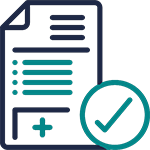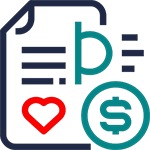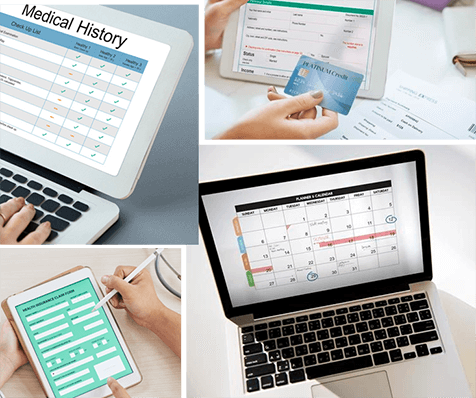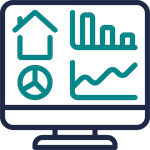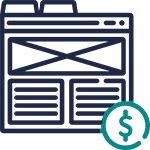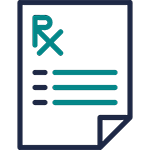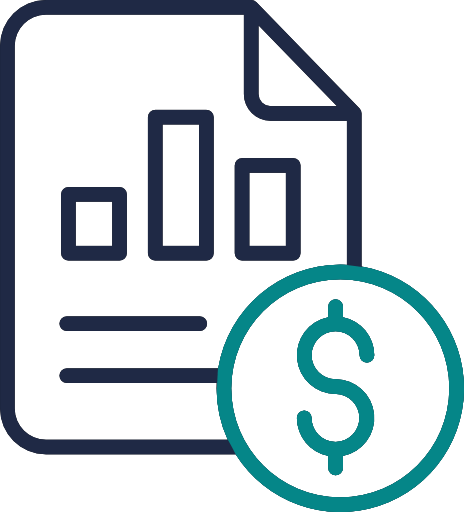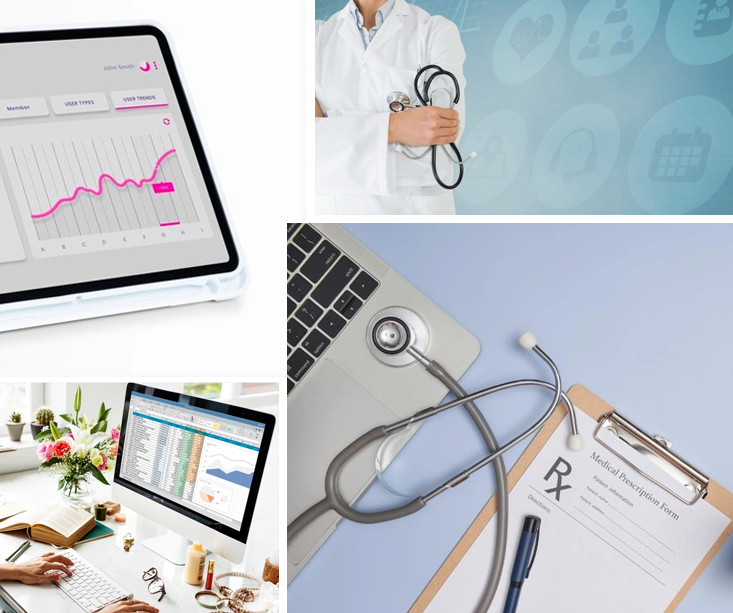Imagine walking through a maze with ever-changing walls and rules – that’s what dealing with the U.S. healthcare system feels like.
In today’s healthcare landscape, managing finances effectively in a healthcare setting is more than just a necessity; it’s an art.
RCM, in essence, stands as a critical pillar, ensuring the financial health and operational efficiency of healthcare facilities.
It is the backbone that supports healthcare providers by managing the financial processes – from patient registration to final payment. However, the road to effective Revenue Cycle Management is fraught with obstacles, demanding strategic approaches and best practices.
The Biggest Challenge Facing Healthcare Managers Today
Being a healthcare official, you know that the U.S. healthcare system is a labyrinth of policies, procedures, and regulations. And, this is exactly what the biggest obstacle in RCM is!
This primary challenge often leads to billing errors, claim denials, and delayed payments.
According to our latest research, approximately 80% of medical bills contain errors, contributing to around $125 billion lost annually due to poor billing practices.
To navigate this complexity, embracing rcm best practices & advanced billing strategies is super important.
Transitioning to Automated Billing Systems
The transition from traditional processes to automated billing systems can significantly improve the revenue cycle.
This is not only us supporting the automated billing system, but also Dr. Timothy, a renowned primary care physician in Texas.
He says, ‘The switch to automated billing has been a game-changer for our practice. We’ve seen a remarkable decrease in billing errors and a significant improvement in claim processing times. From reduced paperwork to enhanced revenue cycle management, automation has been a great win for us. Now my team has to worry less about the paperwork, and more about the patients, which is a good thing! Moreover, the automated billing system has translated into quicker reimbursements and a healthier cash flow for us, and we’re happy with this change.’
While healthcare is about human touch and care, the administrative side of it benefits greatly from automation.
You also get data analytics that offer valuable insights into your operational efficiency, helping you make informed decisions to further optimize your financial performance.
Revenue Cycle Management Challenges
Mistakes in Billing: With so many different insurance plans and coding requirements, billing mistakes are all too common. These errors mean claims get denied, money gets left on the table, and the whole process becomes a headache for everyone involved.
Keeping Up with Regulations: The healthcare industry is always evolving, and so are its rules. Staying compliant is a full-time job in itself, and it’s crucial for avoiding fines and ensuring payments aren’t delayed or denied.
Collecting Payments from Patients: Nowadays, with more patients on high-deductible health plans, getting payments from them has become trickier. It’s a delicate balance of being clear, compassionate, and effective.
Limited Access to the right team: The shortage of staff is nothing new in healthcare, particularly in clinics and medium-sized practices. This challenge is twofold: there’s either a shortage of the right talent or an abundance of staff not equipped with the correct billing codes and strategies, impacting overall service efficiency.
RCM Best Practices to Tackle Billing Challenges
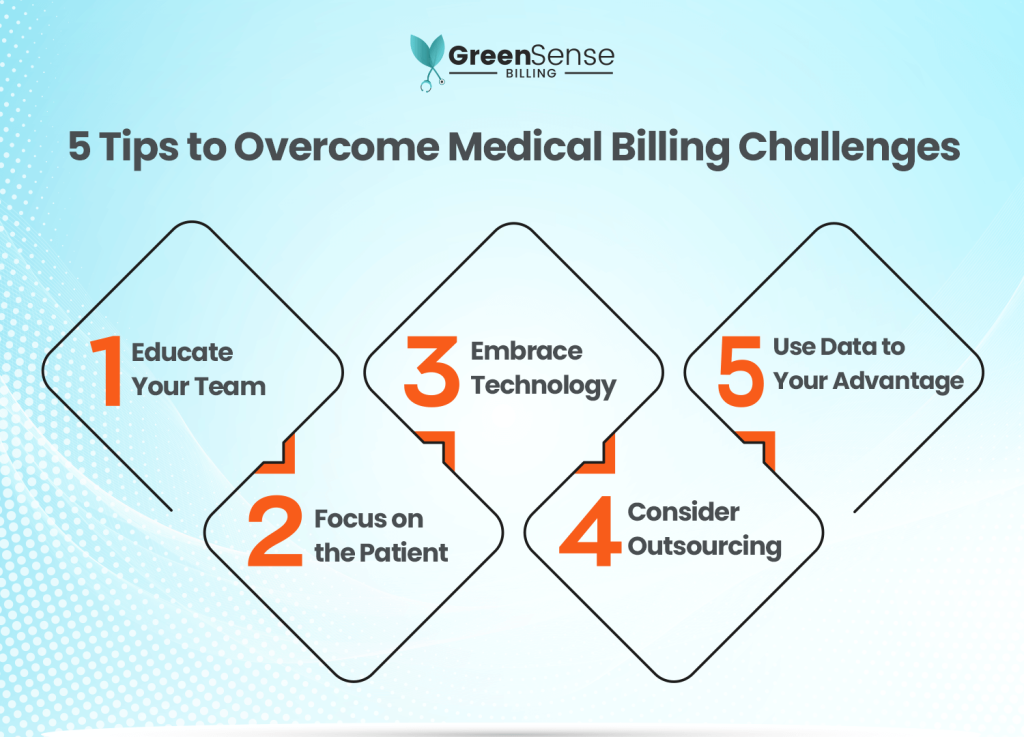
You don’t have to think much about how you can streamline your revenue cycle. Just some smart & strategic work, and you’re good to go.
Educate Your Team: Knowledge is power. Regular training for staff on the latest in billing, insurance, and regulations can dramatically reduce errors and improve efficiency.
Embrace Technology: Automated billing systems and software can be lifesavers. They help in accurate billing, keep track of claims, and make patient interactions more straightforward.
Use Data to Your Advantage: Analyzing your billing data can reveal patterns and pinpoint where things often go wrong. This insight is invaluable for tweaking your process and staying ahead of potential issues.
Focus on the Patient: Simplifying bills and offering various payment options can make a world of difference for patients. Plus, clear communication about costs upfront can prevent surprises and disgruntled patients later on.
Consider Outsourcing: Sometimes, the best move is to let the experts handle it. Outsourcing RCM or hiring virtual staff can relieve your team of the burden of complex billing tasks, letting them focus on what they do best – caring for patients.
Some medical billing companies like GreenSense Billing also offer remote medical scribes. These scribes assist in accurate data entry and management, ensuring that even with a limited on-site staff, clinics can maintain high standards in documentation and billing processes.
Investment in AI and Machine Learning
Beyond basic automation, the integration of AI and machine learning can revolutionize RCM. These technologies can predict which claims are likely to be denied, thereby reducing the denial rate significantly.
A study by McKinsey suggests that AI can reduce call volumes by 30-40%, cut down on claim denials by up to 50%, and improve overall operational efficiency by 15-20%.
Contactless Payment Systems
In addition to the investment in AI and machine learning, the integration of contactless payment systems represents another significant leap forward in modernizing RCM.
As the world increasingly moves towards digital transactions, healthcare providers must adapt to these changes to streamline their payment processes.
-
Enhanced Patient Experience
Contactless payments offer a quick, secure, and convenient way for patients to settle their bills.
This method not only improves patient satisfaction but also speeds up the payment process.
A study by Visa reported that contactless payments are not only preferred by 74% of consumers for their convenience but also reduce transaction time by up to 70% compared to traditional methods.
-
Reduced Administrative Burden
By automating the transaction process, healthcare providers can minimize manual errors and reduce the administrative workload.
The Journal of Healthcare Management found that automated payment systems can reduce administrative costs by 25%, thereby contributing to more efficient resource allocation.
-
Improved Cash Flow and Revenue Assurance
Faster processing of payments through contactless systems ensures a steady cash flow, which is crucial for the financial stability of healthcare practices.
According to a report by the Healthcare Financial Management Association (HFMA), practices that adopted digital payment solutions observed a 15% increase in timely payments.
The integration of contactless payment systems into RCM is more than a technological upgrade; it’s a strategic move towards enhancing efficiency, security, and patient satisfaction.
Combined with AI and machine learning, these systems represent the future of revenue cycle management in healthcare, offering a seamless, efficient, and patient-friendly approach to financial transactions.
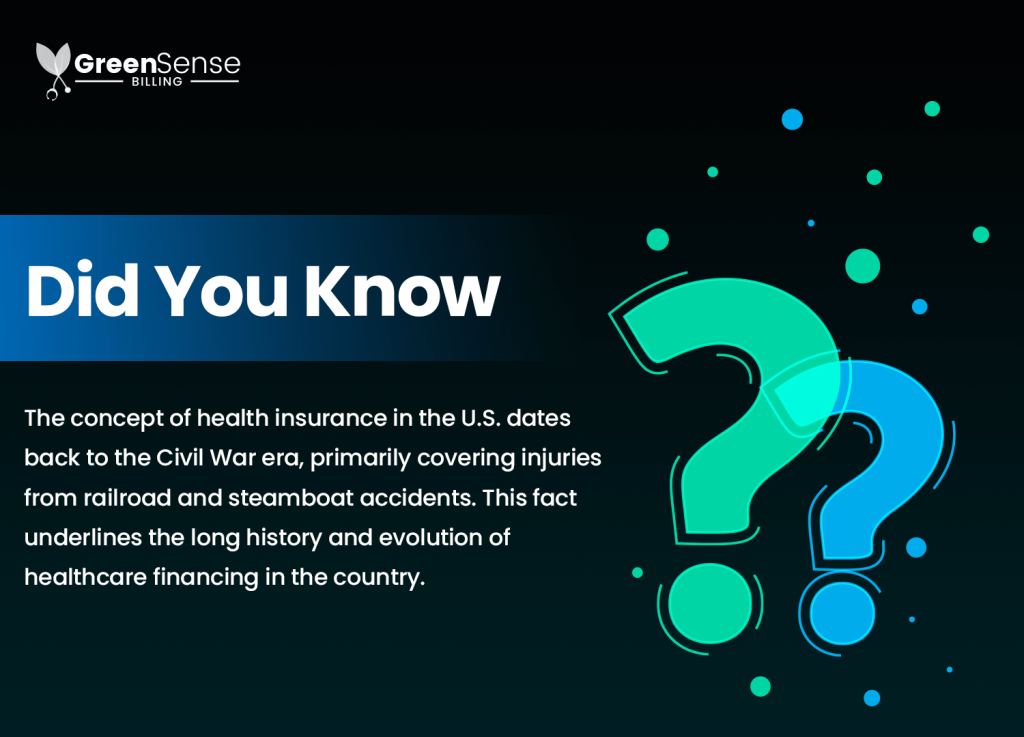
Addressing RCM challenges with GreenSense Billing
If you are struggling to manage your revenue cycle, facing a high insurance claim denial rate, and are unsure where you are going wrong with your finances, GreenSense Billing can help.
Starting with a billing audit, we provide you with a team of experts who help you build an effective RCM system. From scheduling patient appointments to claim creation, CDI, and payment posting, we’ve got it all covered for you.
Your journey with us won’t be a headache, but a smooth sail towards rightful reimbursement.
Common Challenges and Our Solutions
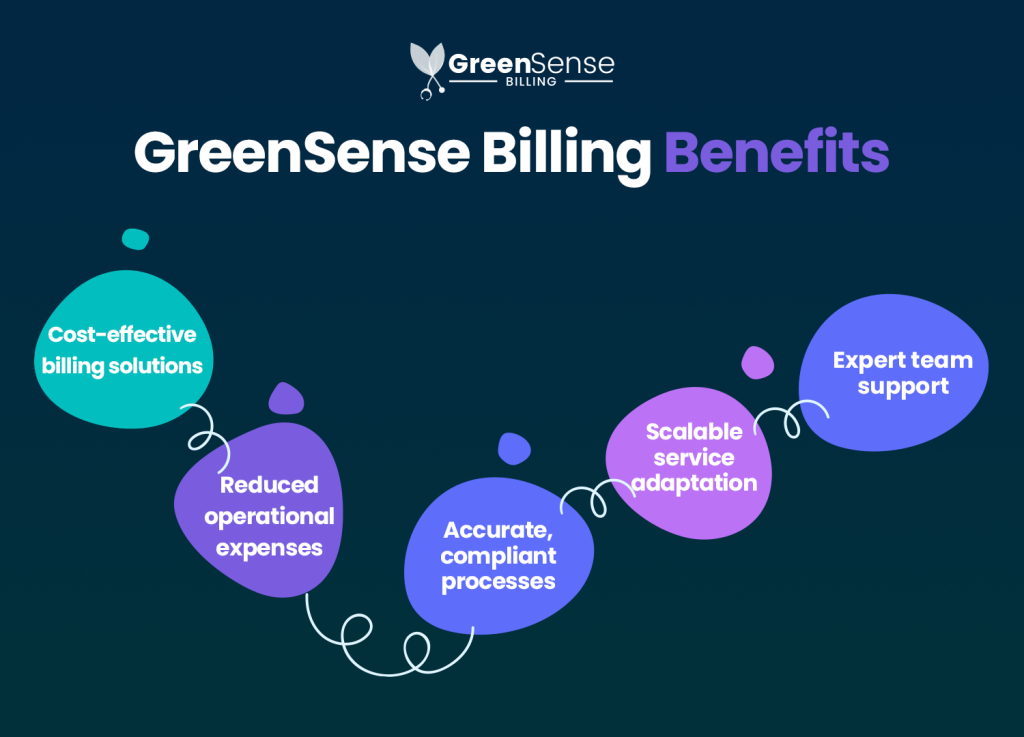
-
High Operational Costs
Managing an in-house billing department is expensive, with costs associated with staffing, training, and technology upgrades.
At GreenSense Billing, we provide cost-effective billing solutions at a fraction of the cost. By outsourcing your RCM needs to us, you can significantly reduce your operational expenses while maintaining high-quality service.
-
Billing Errors and Compliance Issues
The constantly changing landscape of healthcare regulations and insurance policies often leads to billing errors and non-compliance issues.
We stay abreast of that and ensure accurate and compliant billing processes. This reduces the likelihood of claim denials and delays.
-
Difficulty in Scaling Operations
As your healthcare facility grows, scaling your billing operations to meet increased demand can get daunting.
But our team grows with your facility. We can adapt our services to meet your changing needs, ensuring seamless RCM support regardless of your facility’s size and the number of patients you see.
-
Staff Training and Retention
Continuously training staff on evolving billing practices and retaining skilled billing professionals is burdensome.
By partnering with us, you eliminate the need for extensive in-house training and reduce staff turnover concerns. Our team remains updated with all billing and coding regulations, leaving no room for mistakes.
Our goal is simple – We are here to provide healthcare facilities with robust, efficient, and cost-effective RCM solutions.
We’ve got everything you want! Expertise, advanced technology, and customer-centric approach, allowing you to focus more on delivering quality patient care while we handle the intricacies of your revenue cycle management.
FAQs
What is the biggest obstacle in RCM?
The U.S. healthcare system’s complexity is the biggest obstacle in RCM.
How do RCM challenges affect healthcare billing?
They lead to billing errors, claim denials, and delayed payments.
What are the major challenges in healthcare billing?
Diverse insurance plans, coding requirements, and regulatory changes.
What percentage of medical bills contain errors?
Approximately 80% of medical bills contain errors.
What benefits do contactless payment systems offer?
They provide quick, secure transactions and improve patient satisfaction.
What are common reimbursement challenges in healthcare?
Delayed insurance payments and patients not paying deductibles timely.
Best way for providers to get rid of RCM challenges?
Invest in automation or get the revenue cycle handled by dedicated experts.



